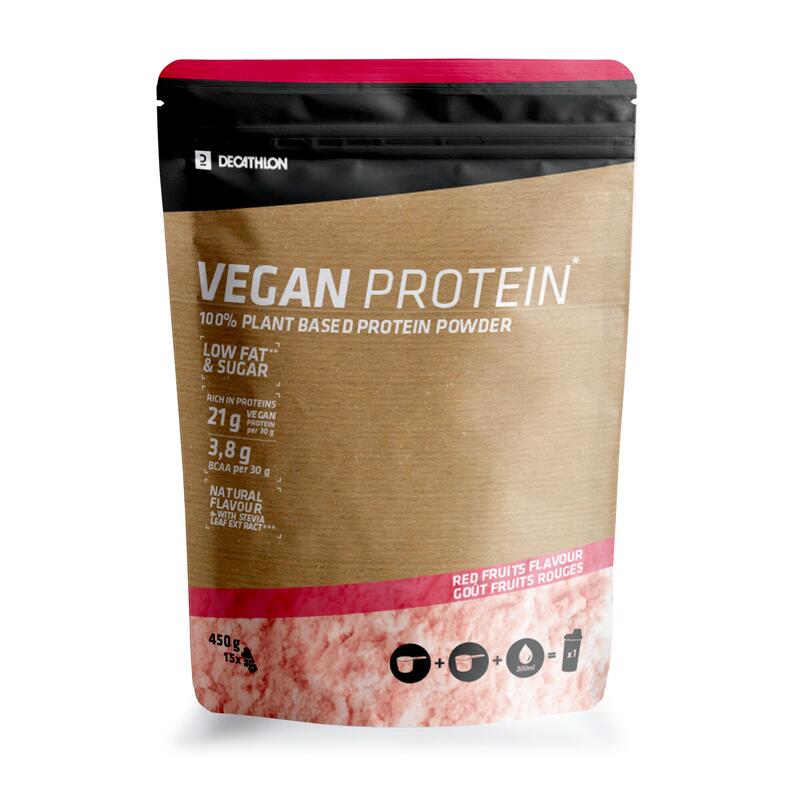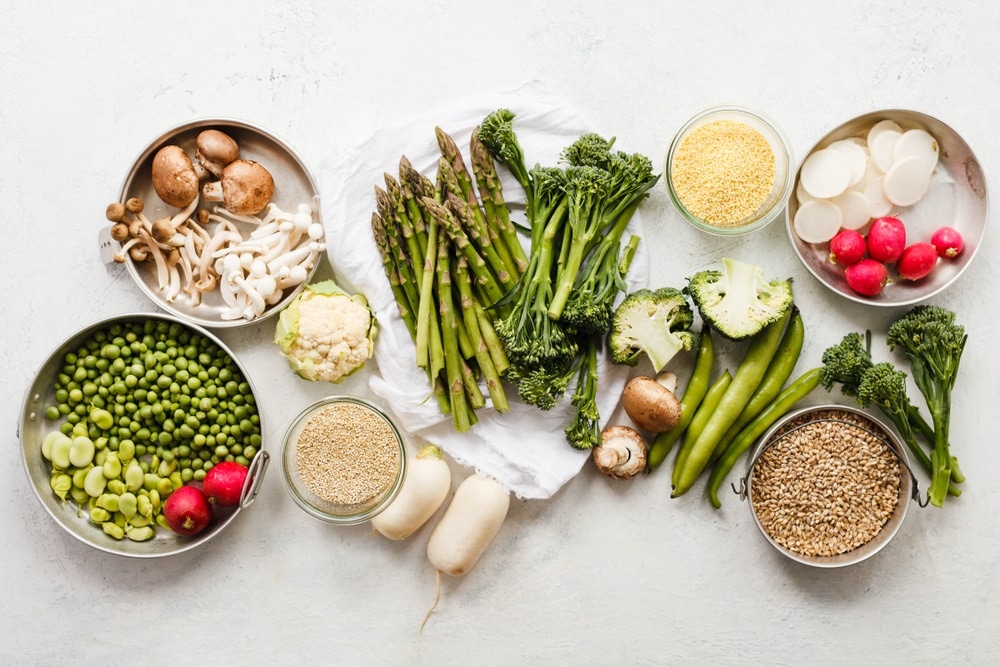
Creating a vegan meal planner is a great way to make sure that you are getting the nutrients that you need. This diet is healthier for the environment, and it lowers your risk of developing diabetes and heart disease. Your budget and dietary preferences can be used to plan your meals. You can find a lot of apps for vegan meal planning that will make it a bit easier.
The best vegan meal plan apps can also assist you in grocery shopping. Many apps will show you what items you need for specific recipes. This can save you money by not buying unnecessary items. Some apps will even link you to grocery delivery apps. You can even schedule delivery of your groceries. This will save your time and stop you from wandering aimlessly around the grocery shop.
There are many vegan meal planning apps that you can download for free. Some of these apps are connected to Forks over Knives. The meal planner apps are free and include recipes, menus, and a shopping list. The paid versions let you add your own recipes.

PlateJoy is a comprehensive meal planning service. It can help plan your entire week. It asks for your input and recommends recipes that will be healthy and make good use of the ingredients. You also have a 10-day complimentary trial. You can also download weekly meal plans from them by email. For just over ninety-dollars, you can buy a 6-month plan.
A meal planner can help you save time and money, especially if you don’t have the time or desire to prepare your meals. Many meal planners can also be connected to grocery delivery apps to allow you to have groceries delivered directly to your home. Using a meal plan will help you know exactly what food you have at hand and what items you need to order. It can be used to save food.
It can be intimidating to create a meal plan for vegans. It's always better to have a backup plan. This could include having several versions of a dish or a ready-to use recipe from your pantry. The vegan meal planner app also has a recipe list that you can use to create a weekly meal plan.
There are many unique features to the Vegan Meal Planner that you won't see in other meal planner apps. These features include a weekly recipe plan, weekly shopping list, as well as a help section. It also includes a Tips & Tricks section, and you can even request a personal coach to give you advice and recommendations.

The Vegan Meal Planner also offers a variety of other features. Register for a free weekly menu plan, download a vegan meal planner sample, and get tech support.
FAQ
What is the difference between sugar and fat?
Fat is an energy source that comes from food. Sugar is naturally found in fruits and veggies. Both fats and sugars provide the same number of calories. However, fats contain more than twice as many calories as sugars.
The body stores fats and they can lead to obesity. They may cause cholesterol buildup and lead to strokes or heart attacks.
Sugars are quickly absorbed by the body and provide instant energy. This causes blood sugar levels to rise. High blood glucose levels can be dangerous because it increases the risk of developing type II diabetes.
What is the problem of BMI?
BMI stands For Body Mass Index. It is a measurement of body mass based on height and/or weight. Here is how to calculate BMI using the following formula.
Weight in kilograms divided with height in meters.
The result can be expressed as a number, ranging from 0 through 25. Scores of 18.5 and higher indicate overweight, while scores of 23 and higher indicate obesity.
A person with a body mass index of 22 and a weight of 100 kg and a height 1.75m will have a BMI.
How often should I exercise
A healthy lifestyle requires regular exercise. You don't have to exercise for a certain amount of time. It is important to find something you enjoy, and then stick with it.
If you work out three times a week, then aim to complete 20-30 minutes of moderate intensity physical activity. Moderate intensity means that you will still be working hard even after your workout is over. This type workout burns about 300 calories.
For those who prefer to walk, you can go for 10-minute walks four times a week. Walking is low-impact, easy on the joints, and it's very gentle.
You can also run for 15 minutes, three times per week. Running is an excellent way to lose weight and tone your muscles.
You can start slow if you are new to exercise. Begin with 5 minutes of cardio every other day. Gradually increase the time you do cardio until your goal is reached.
Statistics
- According to the Physical Activity Guidelines for Americans, we should strive for at least 150 minutes of moderate intensity activity each week (54Trusted Source Smoking, harmful use of drugs, and alcohol abuse can all seriously negatively affect your health. (healthline.com)
- The Dietary Guidelines for Americans recommend keeping added sugar intake below 10% of your daily calorie intake, while the World Health Organization recommends slashing added sugars to 5% or less of your daily calories for optimal health (59Trusted (healthline.com)
- nutrients.[17]X Research sourceWhole grains to try include: 100% whole wheat pasta and bread, brown rice, whole grain oats, farro, millet, quinoa, and barley. (wikihow.com)
- According to the 2020 Dietary Guidelines for Americans, a balanced diet high in fruits and vegetables, lean protein, low-fat dairy and whole grains is needed for optimal energy. (mayoclinichealthsystem.org)
External Links
How To
What does the meaning of "vitamin?"
Vitamins are organic compounds found naturally in food. Vitamins help us absorb nutrients in the foods we consume. Vitamins cannot be made by the body; they must be taken from food.
Two types of vitamins exist: water soluble and oil soluble. Water-soluble vitamins dissolve quickly in water. You can find vitamin C,B1 or thiamine, B2 or riboflavin and B3 or niacin. B6 is pyridoxine. Folic acid, biotin and pantothenic are some examples. Fat-soluble vitamins are stored within the liver and in fatty tissue. Examples include vitamin D, E, K, A, and beta carotene.
Vitamins can be classified by their biological activity. There are eight major groups of vitamins:
-
A - Vital for healthy growth.
-
C is important for nerve function and energy production.
-
D – Essential for healthy teeth, bones and joints
-
E is required for good vision and reproduction.
-
K - essential for healthy nerves, muscles, and joints.
-
P – Vital for building strong bones.
-
Q - Aids in digestion and absorption.
-
R - Red blood cells are made from red blood cells.
The recommended daily allowance of vitamins (RDA), varies depending upon age, gender, physical condition, and other factors. The U.S. Food and Drug Administration (FDA) sets the RDA values.
For adults 19 years and over, the RDA vitamin A intake is 400mg/day. Pregnant women require 600 micrograms daily to support fetal development. Children ages 1-8 require 900 micrograms per day. Children under 1 year old require 700 micrograms daily, while infants over one year old need 500 micrograms every day. This decreases between 9 and 12 months.
Children between the ages of 1-18 need 800 micrograms per daily for obesity, while those overweight require 1000 micrograms. To meet their nutritional needs, children underweight and obese need 1200micrograms.
Children aged 4-8 who have anemia are required to consume 2200 micrograms of Vitamin C daily.
Adults over 50 years of age need 2000 micrograms per day for general health. Breastfeeding or pregnant women require 3000 micrograms per daily due to higher nutrient demands.
1500 micrograms are required daily by adults over 70 because they lose approximately 10% of their muscle each decade.
Women who have been pregnant or are lactating require more than the RDA. Pregnant mothers need 4000 micrograms per daily during pregnancy and 2500 after giving birth. Breastfeeding mothers require 5000 micrograms daily when breast milk production is occurring.